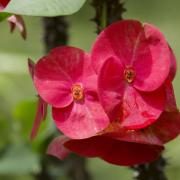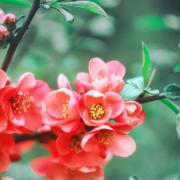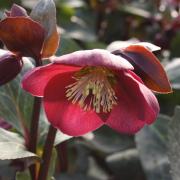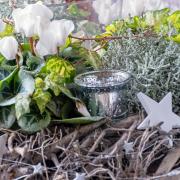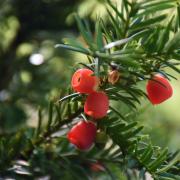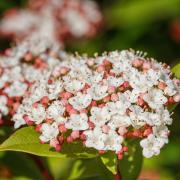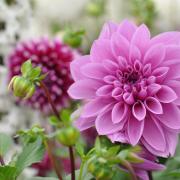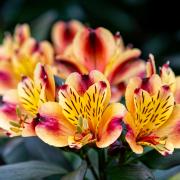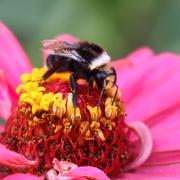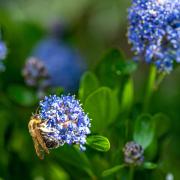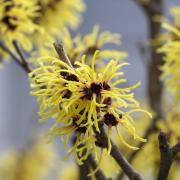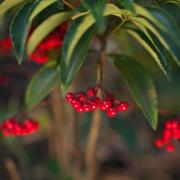The experts at Monkton Elm say no English country garden would be complete without a beautiful rose or two – hopefully more

June heralds the start of the main rose flowering season. Most of our roses come from David Austin, who together with his eldest son, David J. C. Austin, owns one of Britain’s leading rose nurseries, David Austin Roses Ltd. Located on the Shropshire border, alongside its famous rose gardens, the nursery is home to one of the world’s largest breeding programmes for garden roses.

David senior began breeding roses as an amateur in 1947. Since then, he has attempted to realise his vision of creating an entirely new kind of rose, by combining the charm and fragrance of the old roses with the wider colour range and repeat-flowering of modern hybrid teas and floribundas.
In 1961, David senior bred the first rose he was proud of – the beautiful Constance Spry. Still widely grown today and available at Monkton Elm Garden Centre, it bears very large, fragrant, rich pink blooms. However, the repeat-flowering characteristic remained elusive and it was not until 1969 that he produced a group of repeat-flowering varieties named after Chaucerian characters, such as Wife of Bath. It was at this time that he decided to set up the nursery and name his new group of roses the English Roses.
Today, David Austin Roses maintains a consistently high level in breeding and trialling new varieties. Each year at the nursery, 150,000 crosses are made between April and July, with more than 250,000 seedlings germinating the following year.
After the initial selections, the most outstanding seedlings will undergo up to eight years of field trials. Eventually just three to six new varieties are released each year at the Chelsea Flower Show. In 2007, the same year David Austin received his OBE for his services to horticulture, the company released its 200th English Rose, the deliciously fragrant, deep velvety crimson, Munstead Wood.
Believing that “fragrance is the other half of the beauty of a rose,” David Austin has restored scent to the modern rose. Over the years, the English Roses have won many awards for their exceptional fragrances, in fact they have a far greater range than is to be found in any other kind of flower. At Monkton Elm Garden Centre, varieties particularly recommended for their perfume include Lady Emma Hamilton, Princess Alexandra of Kent and Wollerton Old Hall.
Exciting new releases for 2014 are:
The Poet’s Wife
This English Old Rose Hybrid has flowers of an unfading, strong yellow. The beautiful blooms have a neat outer ring of petals enclosing an informal group of petals within.
The growth is low and naturally rounded, making it an ideal rose for a position towards the front of the border. There is a rich, lemony fragrance, growing sweeter and stronger with age.
Olivia Rose Austin
An English Leander Hybrid. Its flowers are of beautiful Old Rose formation, opening from prettily cupped buds to shallow rosettes of more than three inches across. The blooms are a soft pink with a strong fruity fragrance. A vigorous rose, it repeat flowers well, with shiny healthy leaves.
The Lady of the Lake
This English Rambler can grow up to 12 feet or more, with long and slender flexible stems, bearing sprays of pretty semi-double flowers each about two inches across. The formation is open, exposing a central boss of golden stamens. This lovely new rose repeats regularly throughout the summer.




